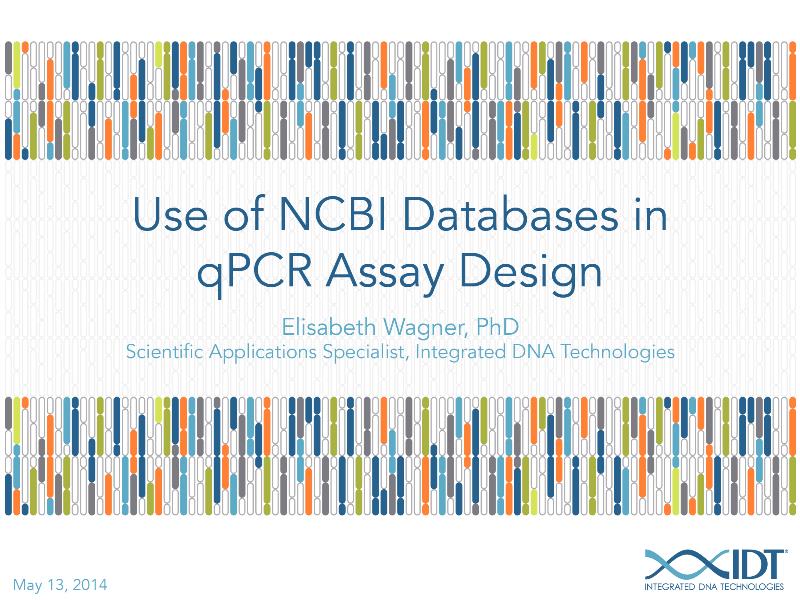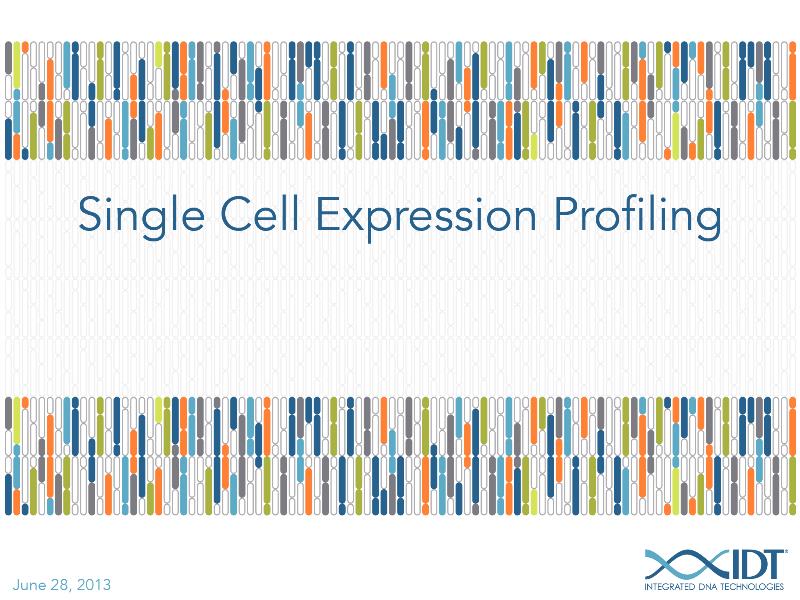Single-cell expression profiling
Biological tissues are heterogeneous, being composed of different cell types. These cells may exist in different states or in different environments. Traditionally, when studying samples, scientists measure the combined expression of all the cells present and analyze their average response to environmental changes. The particular response of minority variants and rare, possibly mutated cells that may be critical for the health of the individual may go unnoticed. To deconvolute the responses and explore the true biological properties of the cells in a sample, Professor Mikael Kubista and his colleagues have pioneered "single-cell expression profiling" by qPCR. They have observed surprisingly large variation in the numbers of transcripts found among cells collected from seemingly homogenous tissues and even among like cells in culture. The correlated expression of related genes gives rise to distinct expression patterns that can be used to distinguish cell types, subtypes, and various subpopulations of cells. Also, since only a few networks are active in each cell, the patterns observed are best suited to study expression pathways, interactions among pathways, and how pathways are influenced by environmental conditions.
In this webinar, hosted by Integrated DNA Technologies, Prof Kubista describes the workflow his group uses for single-cell expression profiling and some of their findings, stressing important design aspects for these experiments. As an example, he shows how they monitor the activation of astrocytes in response to brain trauma in mice. He also presents intracellular expression profiling, revealing gradients important for asymmetric cell division; and multianalyte single-cell profiling, demonstrating the simultaneous measurements of DNA, mRNA, microRNA, lncRNA, and protein in the same cell.


 Processing
Processing


